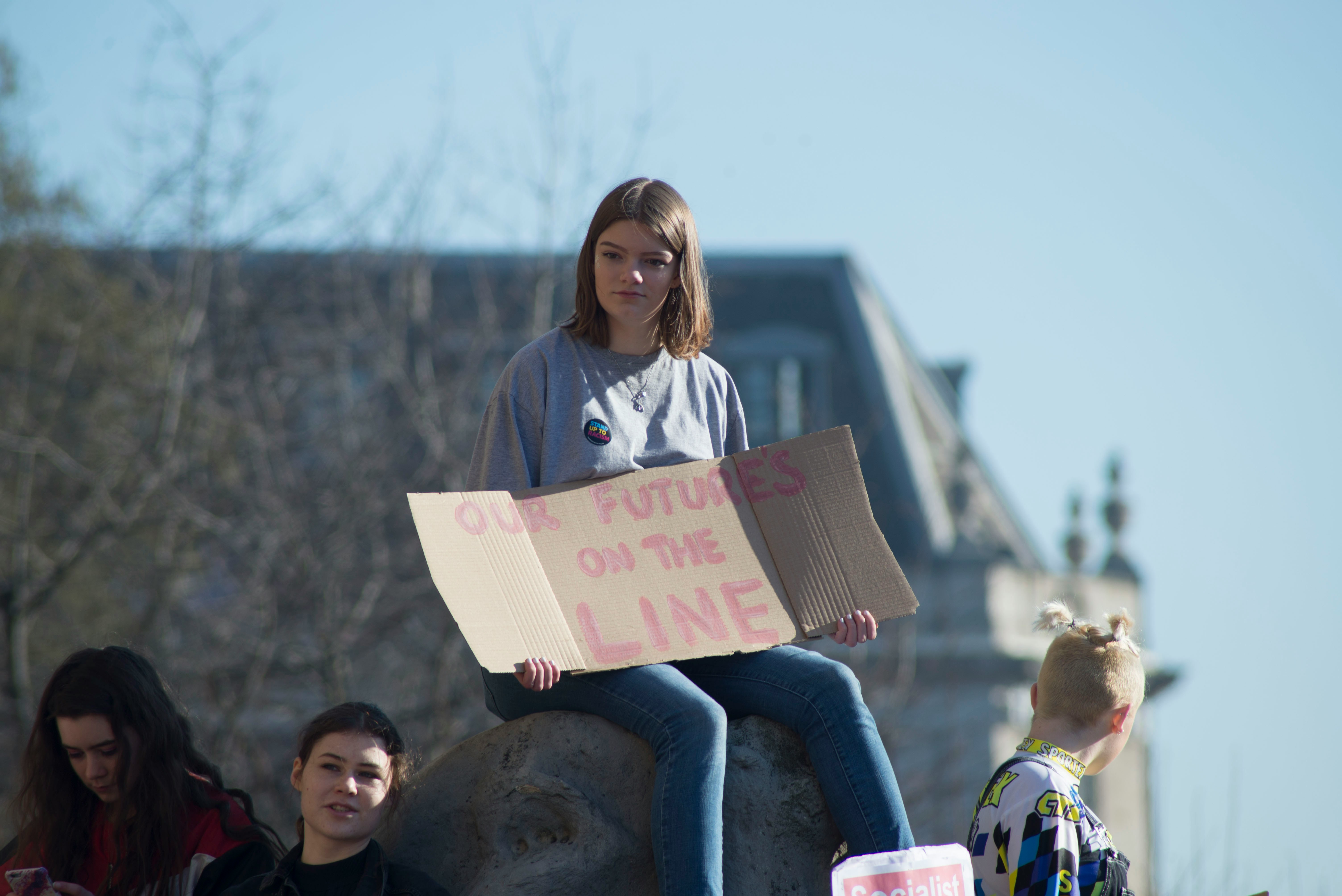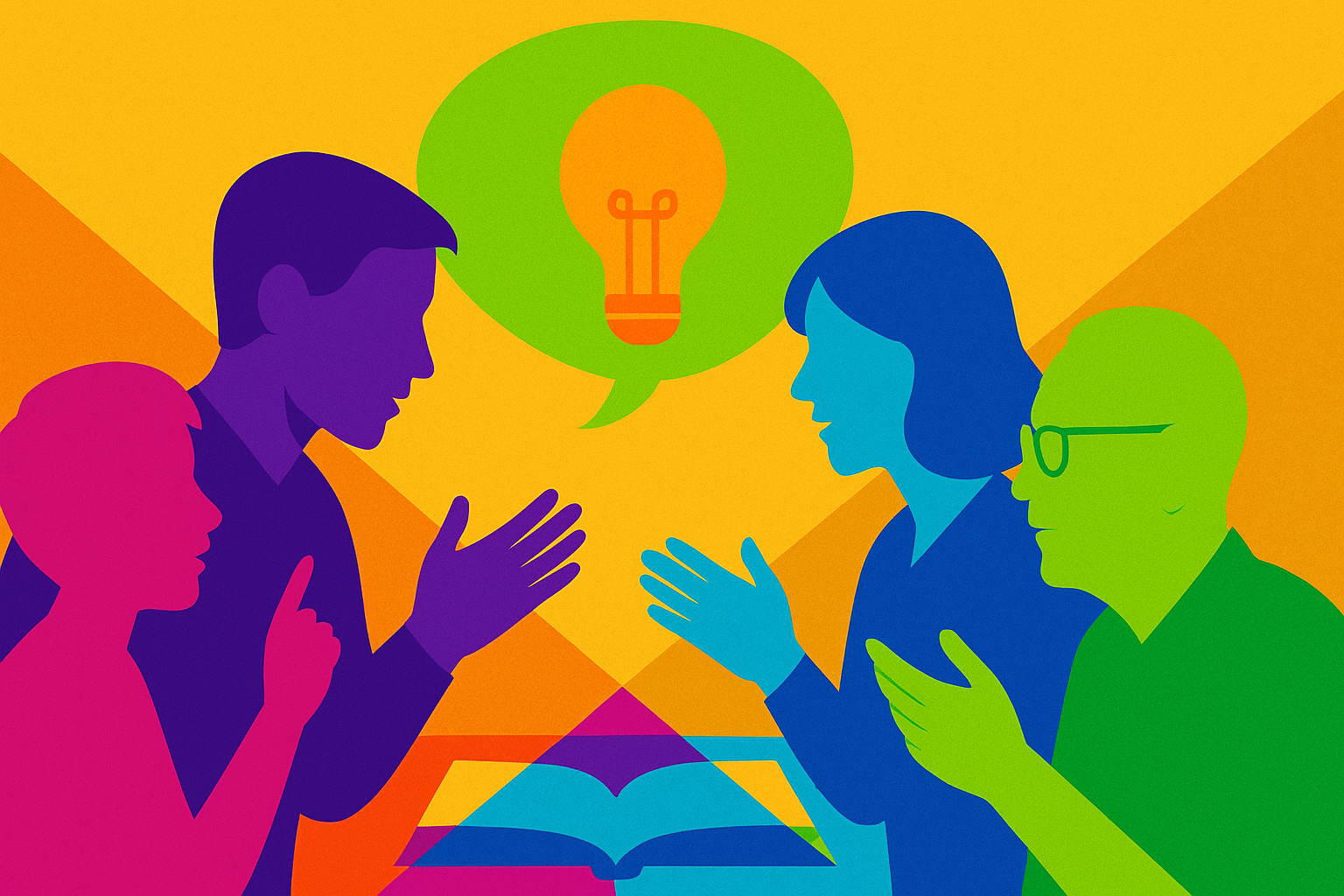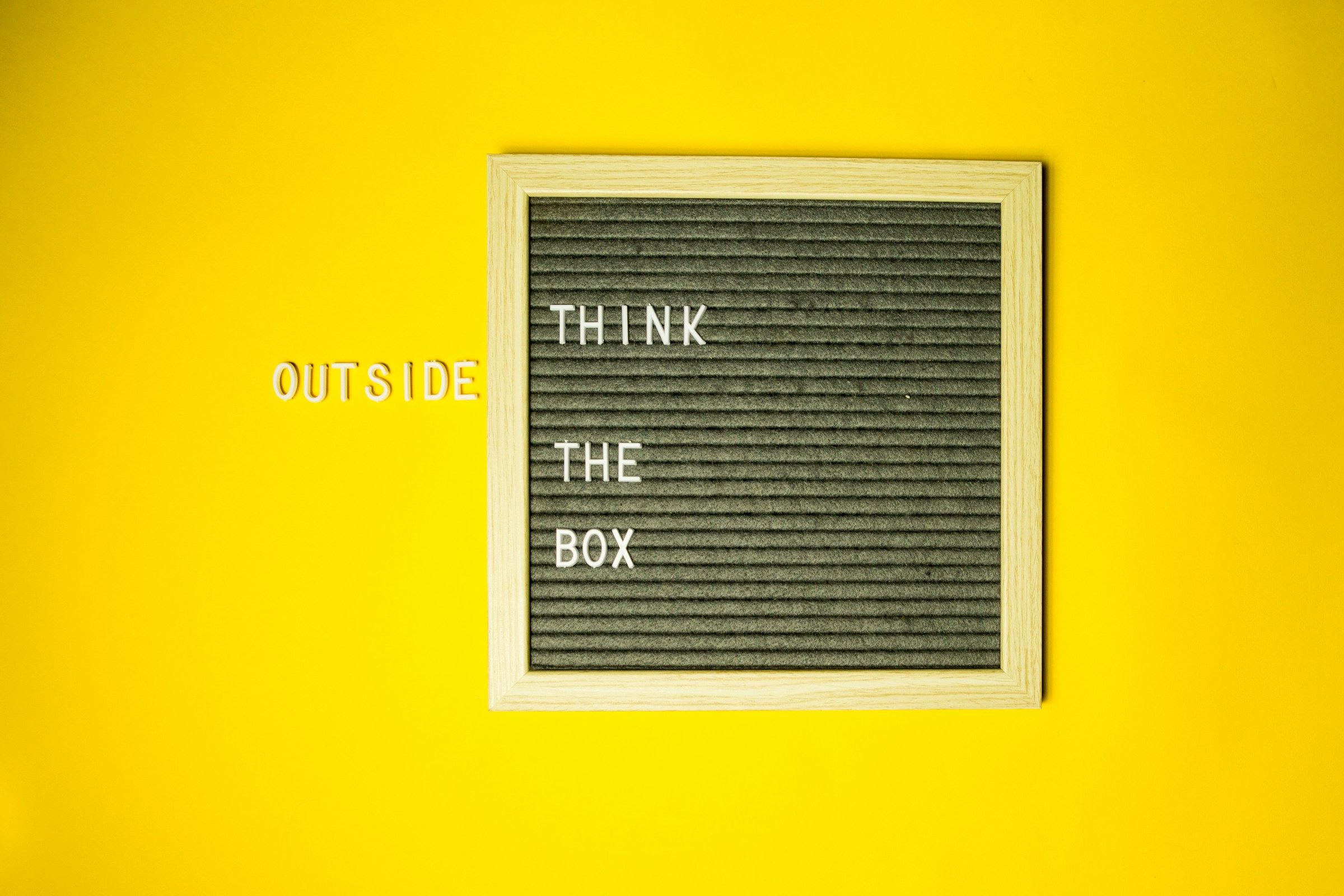
 John Moravec
John MoravecActivism as learning: When students teach the system a lesson
What if we viewed activism not as learning’s most authentic expression?
Students learn more from raising their voices than raising their hands. When they organize protests, launch mutual aid projects, or speak truth to power, they step into their learning. Yet schools rarely acknowledge these moments as education. When students organize mutual aid networks or stage walkouts, adults often view them as distractions from learning, not demonstrations of it.
Too often, institutions treat activism as a threat to order rather than a form of civic literacy. This marginalization reflects risk aversion and a deeper discomfort with student power. When young people speak truth to systems, they expose contradictions between what schools claim to teach (e.g., critical thinking, democratic participation) and what they often demand: absolute compliance.
Activism creates conditions for what Freire (1970) called conscientização (awakening through reflection and action), a dialogic process of developing critical awareness through reflection and praxis. Where Freire critiques passive, ‘banking’ models of education, Dewey (1938) insists that all genuine learning must grow out of lived experience. Lave and Wenger (1998) take this further by framing learning as participation in communities of practice, where identity and knowledge co-evolve through engagement. Activism, in this light, becomes an example of experiential learning and a model of communal, justice-oriented inquiry.
Activism does not need to be thought of as a learning detour. Where Freire demands critical action, Dewey locates growth in real-world inquiry. Together, they frame activism not disruptively, but as the deepest mode of learning and its most urgent expression. And as Lave and Wenger’s (1998) theory of communities of practice suggests, real learning takes root when people engage meaningfully with others around shared goals and challenges. Activism is such a community: relational, improvisational, and deeply situated.
From Manifesto 25:
Activism is a space where unlearning thrives. Whether through non-violent civil disobedience, street protests, artistic demonstrations, or performative resistance, activism challenges the status quo and rebuilds from the ground up. It teaches resilience, agency, and the courage to confront broken systems, including education itself. Educators must embrace activism as a core learning tool, transforming passive learners into active participants in shaping the world.
We need to move beyond viewing activism as a supplementary arena for learning and recognize it as a pedagogical framework in its own right, blending praxis, reflection, and action with emotional and civic literacy.
Activism cultivates urgency, judgment, and emotional depth. These are capacities schools often struggle to nurture. It shifts the learner from spectator to participant, from absorbing content to shaping context. If we want young people to imagine better futures, we must let them challenge the systems that block the way.
Of course, activism as pedagogy is not without criticism. Not all student-led movements succeed. Power dynamics between youth and adults can constrain dialogue. And for marginalized students, civic participation may carry higher risks. Yet these challenges are reasons to integrate it thoughtfully, with attention to safety, reflection, and context.
The learning work of activism
Activism begins when young people choose to speak up, step in, or organize for something better. That decision marks a powerful act of agency, and the learning that follows flows directly from it.
By engaging in activism, students enter a discovery process they direct to confront injustice. They frame the questions that matter, challenge flawed assumptions, and experiment with strategies to navigate complexity. Activism becomes a civic apprenticeship where learners design and lead the change they seek.
This learning unfolds in real time and under real pressure. Organizing a walkout demands coördination, persuasive messaging, media literacy, and emotional risk-taking. Creating a public mural requires historical research, aesthetic judgment, and negotiation with stakeholders. Writing an open letter calls for strategic tone, ethical reasoning, and evidence-based advocacy. Occupying a school building to protest underfunding or unfair policy becomes an immersive lesson in law, power dynamics, endurance, and collective decision-making. Every step reinforces the sense that students’ choices carry weight.
More importantly, students drive this learning themselves. No one assigns the protest. No rubric scores the coalition. They act out of conviction because the issues they confront are lived, local, and urgent, not hypothetical or distant.
Research on civic engagement and youth participatory action shows that this kind of self-directed activism builds lasting competencies as a form of action research (Cammarota & Fine, 2008). It strengthens agency, nurtures critical consciousness, and cultivates the persistence to stay engaged even when change feels slow or uncertain. These are the dispositions young people need to thrive in democracies, solve complex problems, and build more just futures.
Schools can’t script this kind of growth, but they can nurture it. Educators can recognize activism as a valid form of learning, help students analyze their experiences, and link them to broader systems and ideas. They can shift the question from “What assignment did you complete?” to “What change did bring into the world?”
When students organize, question, resist, and reimagine, they engage in some of the deepest learning available connected to their power to shape the world.
Activism as a source of resilience and belonging
Through actions such as die-ins, mutual aid networks, and underground libraries, students demonstrate mastery of media strategy, coalition-building, and radical care. These are capacities developed through embodied, improvisational learning. They curate narratives, manage logistics, interpret law, collaborate under stress, and speak with moral clarity under real-world stakes.
No quiz prepares students for these actions. No curriculum fully contains them. Yet the learning runs deep. Students sharpen strategy, negotiate conflict, and refine values through trial, iteration, and care. They become learners and leaders in the same breath.
Of course, integrating activism into educational practice raises ethical questions: How can educators support student-led change without imposing ideology? The answer lies in cultivating the habits of civic inquiry, systems analysis, and reflection that undergird principled action. Supporting student agency requires pedagogical courage. In this, educators have a role as guides. They can ask: What are you learning from this? What comes next? How does this connect to others before you?
Across the globe, students already lead. In Kerala, they blend ecological wisdom with digital activism. In Santiago, they disrupt transit systems to protest inequality. In Minneapolis, they build curriculum from community grief. This is real education.
When students act for change, they learn how to show up for others, how to support their values, and how to build the futures they dare to imagine. As Kirshner (2009) argues, youth-led activism provides a unique context for developing civic identity, where young people understand the mechanics of power and practice influencing it. By organizing campaigns, negotiating with adults, and mobilizing peers, students gain practical experience with leadership, collective decision-making, and strategic communication. These activities cultivate a deeper sense of belonging and personal efficacy. Students come to see themselves as learners within a system, and as agents capable of shaping that system. The learning that emerges from activism is both social and developmental: it nurtures solidarity, strengthens problem-solving, and embeds young people in communities of practice where values are tested, adapted, and enacted in real time.
If we want students to build better futures, we must give them room to question the present and the power to change it. Activism completes the educational experience. What if schools did not only tolerate youth activism, but also learned from it? What if education itself became an act of liberation?
Read and sign Manifesto 25 at https://manifesto25.org
References
Cammarota, J., & Fine, M. (2008). Revolutionizing Education: Youth Participatory Action Research in Motion. Routledge.
Dewey, J. (1938). Experience and education. The Macmillan Company.
Freire, P. (1970). Pedagogy of the Oppressed. Herder and Herder.
Kirshner, B. (2009). Power in numbers: Youth organizing as a context for exploring civic identity.” Journal of Research on Adolescence, 19(3), 414–440. https://doi.org/10.1111/j.1532-7795.2009.00601.x
Lave, J., & Wenger, E. (1998). Communities of practice: Learning, meaning, and identity. Cambridge University Press.



